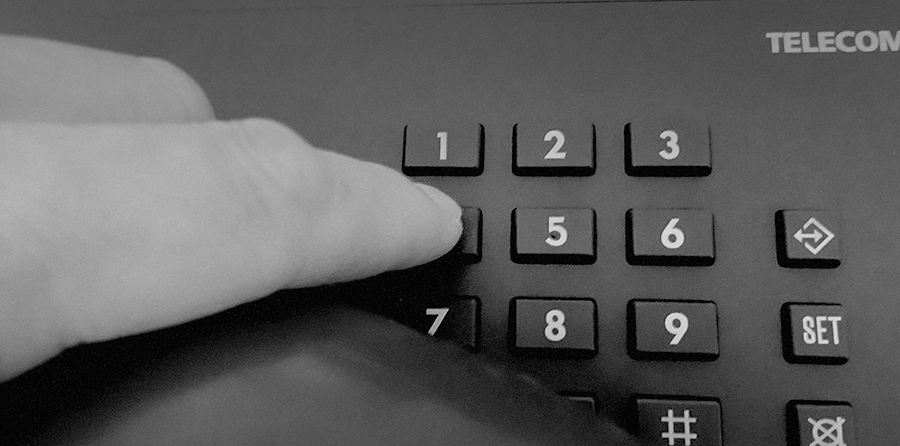Best Practices for Your Virtual Cast of Characters

We have this one guy on our team…nice person, but he is so distracting on our calls!
When I was coaching a client on her virtual presence in meetings, the client shared that her facilitation was often derailed by teammates’ behavior. Exasperated, she wondered, “How do I stick to my agenda without them disrupting the meeting?”
While the simple solutions are “don’t have this person on the call,” “mute them,” or “ignore them” – these are not the best answers. Not only is exclusion often unfeasible, but it can lead to resentment, gossip, and disengagement on a virtual team.
If you want to show up as a leader on your team, your best strategy is to find ways to include and re-engage these people in a way that is authentic, respectful, and positive.
A mindset shift can also help. Rather than thinking of these people as problems that need to be suppressed, shamed or avoided, try thinking of them as your “virtual cast of characters” that you want to support so that you can all perform at your best.
Here are a few recommendations for how to engage some common virtual characters:
The Rambler
Despite being reminded that the update should only be two minutes, it goes on and on and on…and on.
How to respond:
At the top of the call, make a game of staying on schedule. Set expectations with everyone that you are going to time the updates and will chime in when their turn is up. If they still have a lot to say, summarize the key points you heard and ask if a separate follow-up call is needed. Over time, you will help this character build awareness of their delivery and help them plan out their points.
The Darth Vader
Those headsets with an attached microphone have made hands-free calls much easier so you can sit back and relax; the problem is that some people become too relaxed – and you can hear nothing but heavy breathing.
How to respond:
Believe it or not, the placement of the microphone matters. Remind everyone – not just Darth Vader – that the microphone doesn’t need to be directly in front of their mouth (or near their nose). Rather, move the microphone down and underneath the lower lip (where the chin indents naturally). This allows for a clear voice to be heard and no one feeling like they need to grab a light saber and prepare for battle.
The Background Noise Champ
Whether it is the wind, a barista shouting out drink orders, or clicking on a keyboard, this character brings a world of sound with them to the call! While a little bit of noise in the background or the occasional laughter or murmur of agreement can create a more collegial virtual environment, there is a threshold to what is workable.
How to respond:
The simplest response is to ask them to mute their line until they want to speak so that you can hear what’s going on without the distraction of noise in the background. However, it is important to have them involved, so make a practice of sending the agenda in advance and highlight when you want them to speak so that they can either move to an appropriate spot for that piece or send in their thoughts in advance if they can’t avoid the noise at that time. Alternatively, if you use a web platform for the meeting, include a chat feature so that the Background Noise Champs can listen on the call and type their answers in chat if they can’t be heard.
The Interrupter
Even though the Interrupter’s point may be valid, the way they make it is distracting. And it doesn’t allow the speaker, who may have prepared their points carefully, to get them all out. Constant interruption throws the entire meeting off-track and doesn’t allow for the agenda to get completed.
How to respond:
Before the next meeting, get curious about what is driving this character’s impulse to interrupt. Is it a strong desire to get into action, is it a feeling of pressure to understand the topic, or are they just unclear as to when they can talk given they don’t have visual cues?
Once you have a hunch, your best bet is to structure your delivery to address their needs proactively. Build frequent breaks into your delivery to field questions/comments. Share the agenda at the top of the call and let everyone know there will be regular opportunities to share their thoughts. Let them know that you will follow up afterwards on any of the questions or comments that aren’t going to get addressed in your meeting. That way, if the Interrupter jumps in, you can ask them to hold their question or comment until your next “break” in the agenda. For this to be successful, you will have to hold yourself accountable for managing your own delivery and not becoming a rambler yourself!
The Lurker
The silent one. The ghost. The non-talker. In other words, this person has mastered the art of the one-word reply when questioned.
How to respond:
People who seem to disappear on the line may need a bit more of a nudge when it comes to speaking up. Using a check-in to kick-off the call (for today’s check-in, tell me what’s getting you excited for spring) is a great way to get this character to speak up and include them in the conversation from the start.
It may go deeper. They may need some coaching on what’s expected of them during a call. They may need a clear opportunity such as being supported to give the team update for a change. Lastly, include specific questions of each of the virtual team members and invite them to speak at different times during the meeting so that you build a culture of participation.
The Side-Conversations Posse
In many cases, virtual meetings take place between individual remote coworkers and a group of people in the office. And this presents a problem. The three in the room can start to talk with each other without noticing that the virtual team can only hear muffled talking — which may make the remote workers feel confused or left out and ready to completely disengage.
How to respond:
Think about the placement of the phone; if it is in the center of a large table and the side conversations are happening towards the end, the microphone can’t do its job. Either move the phone or change the seating arrangement. For these meetings, using video is also a great way to remind the in-house team to address those participating virtually. It is also good to have one of the in-house people play the role of “virtual advocate,” reminding the group to include everyone. Lastly, if possible, aim to have a video call with everyone (even the in-house people) on their own the virtual platforms. This will equalize the participation and bring everyone to the same virtual table.
A reality check
While your attention might be on the other people who are causing you challenges, it is important to remember that all of us – at one point or another – show up as one of these characters. A dose of empathy and self-awareness can not only ease the stress of addressing the disruptions but also give you greater insights into what your characters need in order to be successful.
By putting some of these practices into place, you can transform your cast of characters into a high functioning ensemble.
For more information on these characters, see our Virtual Presence Field Guide.
What are some of the characters in your virtual cast and how do you support them?

